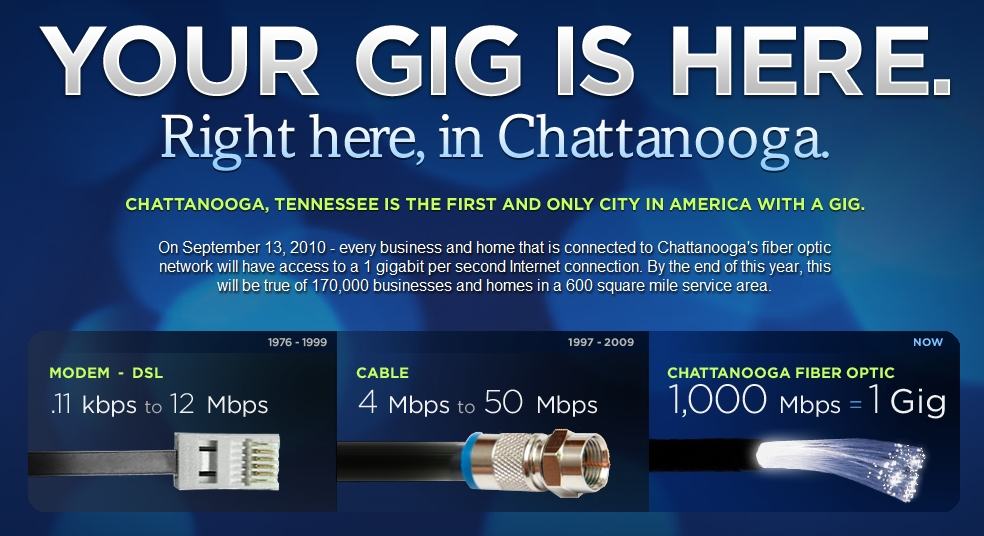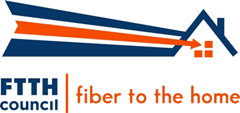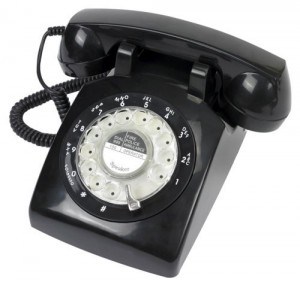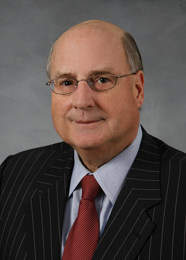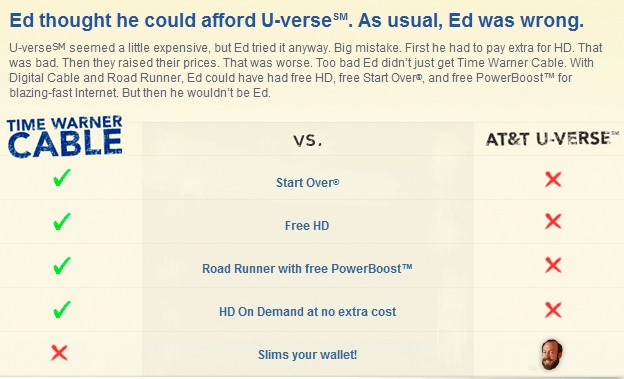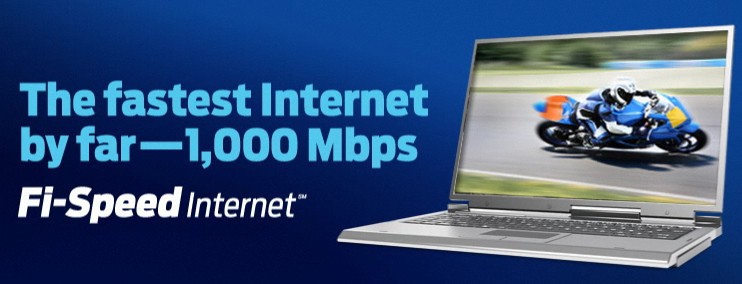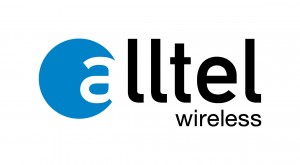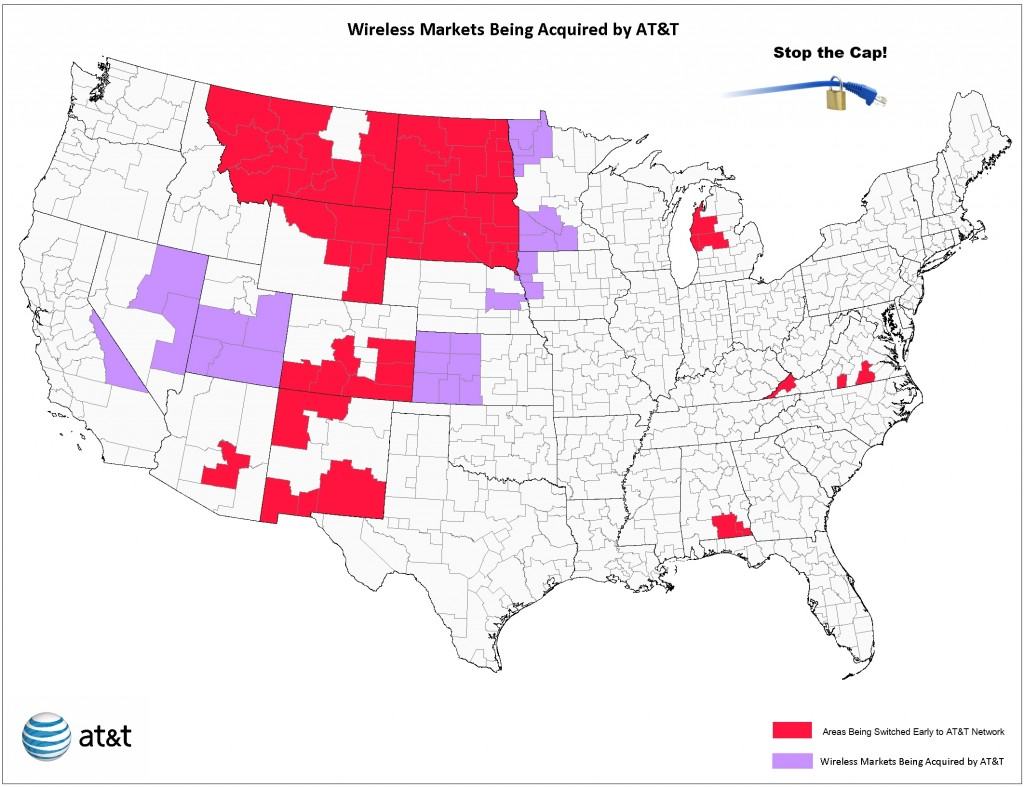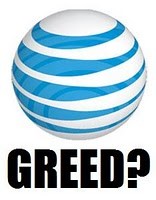 AT&T wireless broadband customers who thought they could survive a smartphone data plan with only a 200MB usage allowance are discovering $15 overlimit fees applied to their bill because of mystery data usage consumed while they were asleep.
AT&T wireless broadband customers who thought they could survive a smartphone data plan with only a 200MB usage allowance are discovering $15 overlimit fees applied to their bill because of mystery data usage consumed while they were asleep.
Stop the Cap! reader Pat dropped us a note to say she accumulated a whopping $45 in overlimit fees on her August bill for her family’s three iPhones because they exceeded their 200MB usage allowances while the family was unconscious:
At around 2AM most mornings, our phones regularly show usage of around 5-10MB each even though they are being charged and are not used by anyone in the family. At first my husband thought an application on the phone was automatically exchanging data so we tried switching off 3G access and relied exclusively on Wi-Fi access, to no avail. Sure enough, for the next seven days in a row, the phones all used between 5-10MB of usage. We tried disabling and removing various applications and told others only to communicate manually. That didn’t work either. The mystery usage remained.
We contacted AT&T multiple times about this issue, because this usage easily put us over the limit, at which point AT&T bills a $15 penalty to buy you another 200MB of usage. We got a lot of excuses, one month’s credit, but no answers. One representative used the opportunity to try and upsell us on the 2GB plan to “avoid this from happening.” It sounds like a nice scam.
Pat, it turns out this has been a significant issue for many AT&T customers dating back to the June introduction of the usage-limited smartphone data plans from AT&T. We found threads on both AT&T and Apple’s websites running well into the dozens of pages, with nobody getting a definitive, consistent answer as to why this keeps happening.
In late July, the folks at Gizmodo got a statement from AT&T about the problem:
This is a routine update of your daily data activity on your device to ensure the accuracy of your data billing. Customers are not charged for data usage, given that no data session is generated. It’s not uncommon for devices that are ‘always on’, like iPhone, to process data event records for billing purposes after a certain amount of inactivity or after long periods of time. It’s also separate from how our system lets you monitor your data consumption.
Unfortunately, it’s also apparently inaccurate because subsequent comments indicate customers were, in fact, billed for that usage.
Customers have been told a variety of things to justify AT&T’s usage billing:
- It’s an application on your phone polling for data and/or updates;
- Your phone is sending and receiving e-mail;
- If your phone goes “to sleep” it switches away from Wi-Fi and back to AT&T’s 3G usage, incurring data usage fees;
- In the early morning, AT&T communicates with phones to exchange updates and data;
- The usage reports represent cumulative usage made during the day but only later reported to AT&T;
- It’s iTunes diagnostic information you agreed to share with Apple being sent to them every night;
- It’s Apple’s fault.
The biggest problem? AT&T’s stingy usage allowances. Many customers do not understand what a megabyte represents, but 200 of them sounds like a lot… until you browse to a page with multimedia content or utilize an application that exchanges a lot of data during the day. AT&T has really not addressed the problem, other than to throw $10 credits to customers who complain the loudest. Many just upgrade to the higher priced 2GB plan and hope the problem goes away.
AT&T’s Internet Overcharging scheme for wireless has trained customers to use less of a service they pay good money to receive:
- Customers think twice before installing and using data applications that could consume too much of their allowance;
- Customers train themselves to jump off of AT&T’s 3G network and switch to Wi-Fi wherever possible, despite paying for AT&T’s wireless data network;
- Customers quickly learn paying more for a more “generous allowance” is a “better value,” saving them the time and hassle of worrying about overlimit fees;
- Customers can complain all they like, but in the end they’ll grumble and pay the bill, facing exorbitant early termination fees if they want out of AT&T’s fee maze.
 Unfortunately, without a team of lawyers or regulatory agencies breathing down AT&T’s neck to deliver a credible response to these overcharges, they are very likely to continue. Although AT&T claims the 200MB usage plan was designed to save customers money and attract new users to smartphones, it’s no mistake the cheapest plan delivers a minuscule allowance.
Unfortunately, without a team of lawyers or regulatory agencies breathing down AT&T’s neck to deliver a credible response to these overcharges, they are very likely to continue. Although AT&T claims the 200MB usage plan was designed to save customers money and attract new users to smartphones, it’s no mistake the cheapest plan delivers a minuscule allowance.
The company knows very well that smartphone data usage increases as the phones and the software that runs on them become more sophisticated. Customers delivered a tasty sample of 3G usage are likely to enjoy it and find themselves upgrading to a more profitable data plan with a comparatively larger allowance. If they don’t, AT&T wins again because customers face paying at least $30 for 400MB of usage, even though a 2GB plan would have only set them back $25.
For now, the best we can recommend is completely powering off the phone overnight and seeing if it still incurs any phantom charges. You should also complain, regularly and loudly, to AT&T each time it happens. Contact your state Attorney General and file a complaint if AT&T’s answers are unsatisfactory and urge their office to begin an investigation.
As Stop the Cap! has said from day one, Internet Overcharging schemes force customers to spend time and energy doublechecking usage gauges that may or may not be accurate and make you think twice about everything you do online, wondering what it will ultimately do to your bill at the end of the month. It’s all a win for service providers, who get the benefit of conservative usage from the “think-twice” mindset and revenue enhancing overlimit fees from those who never worry. You lose either way.


 Subscribe
Subscribe
